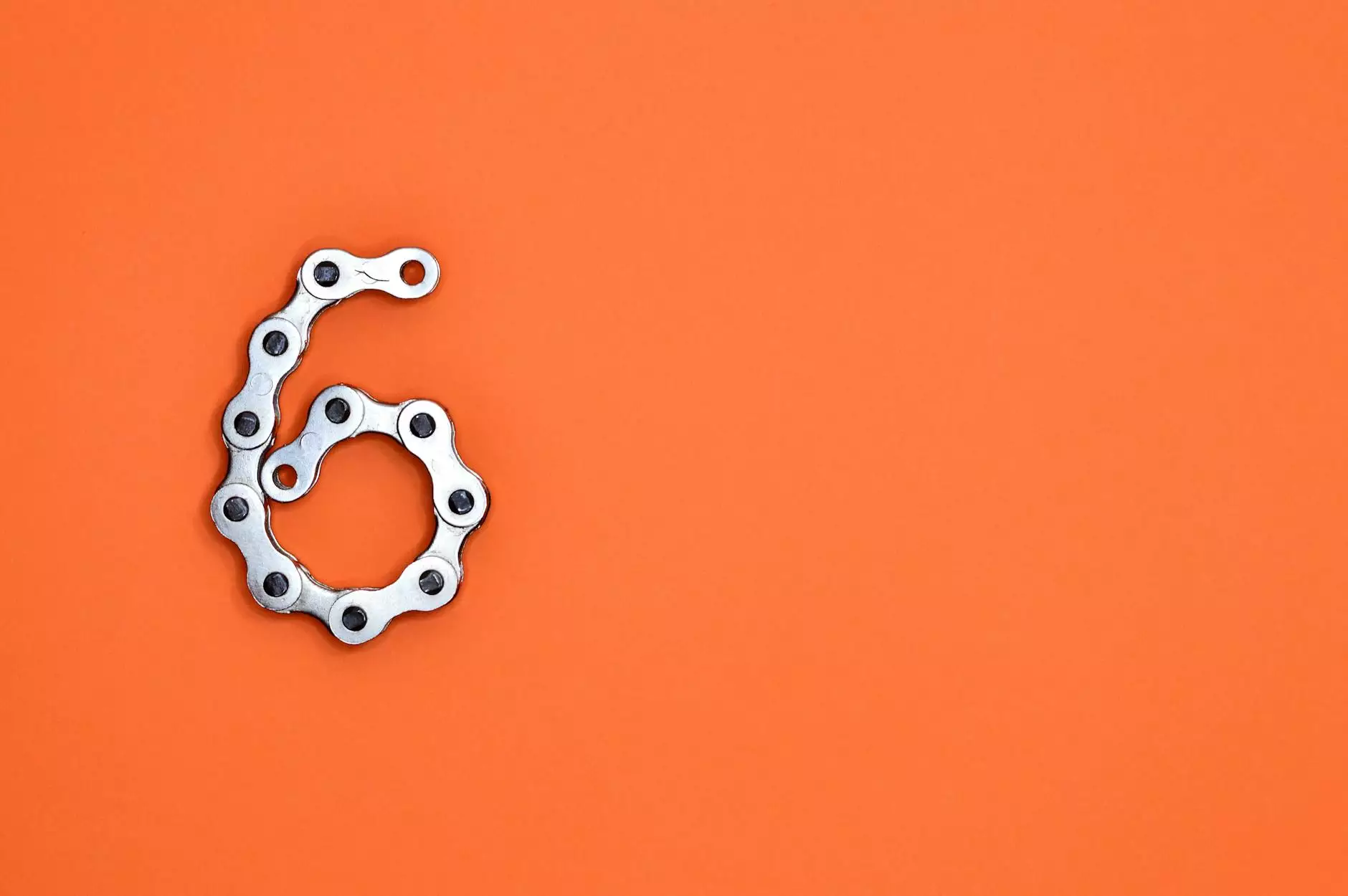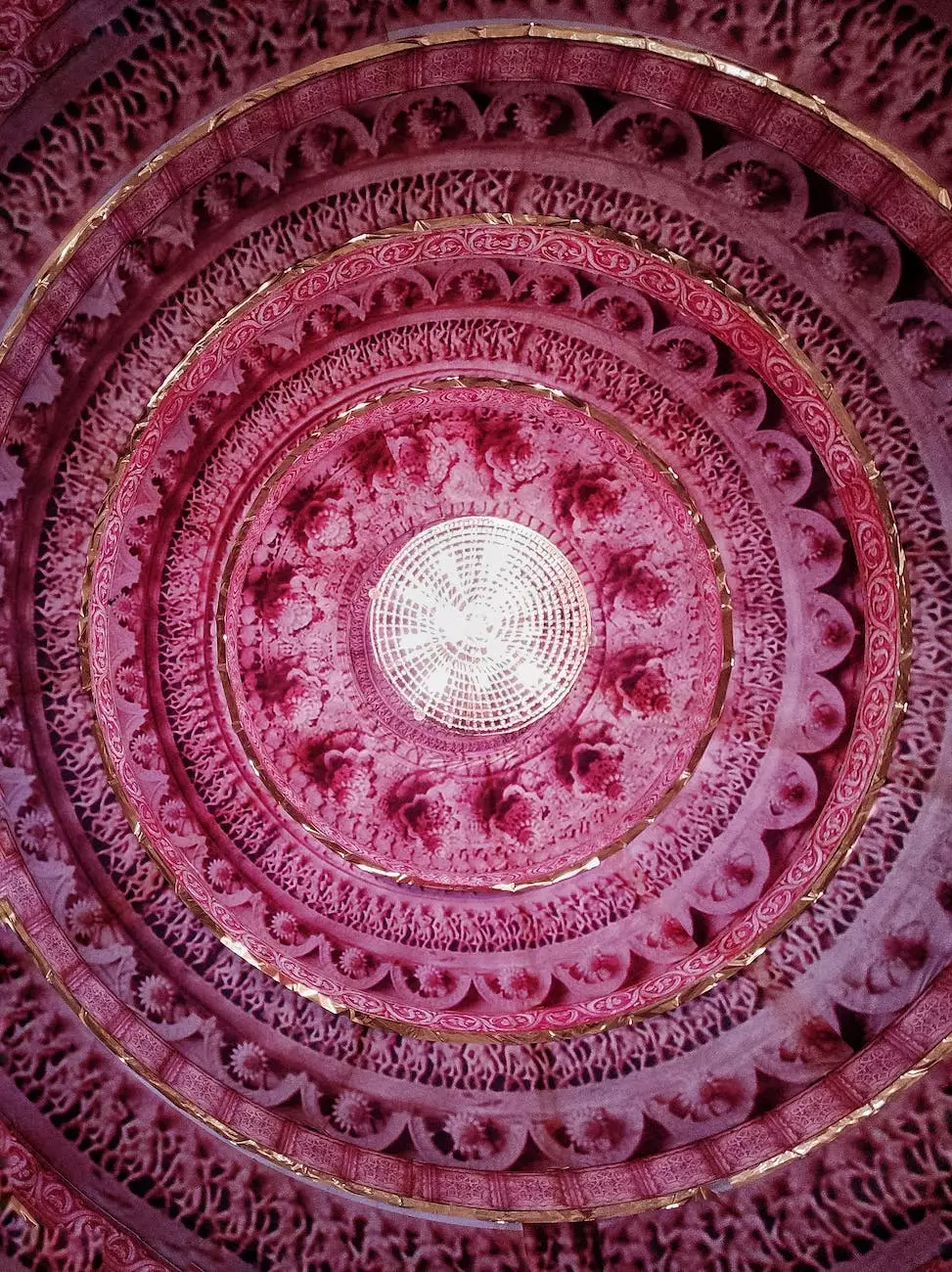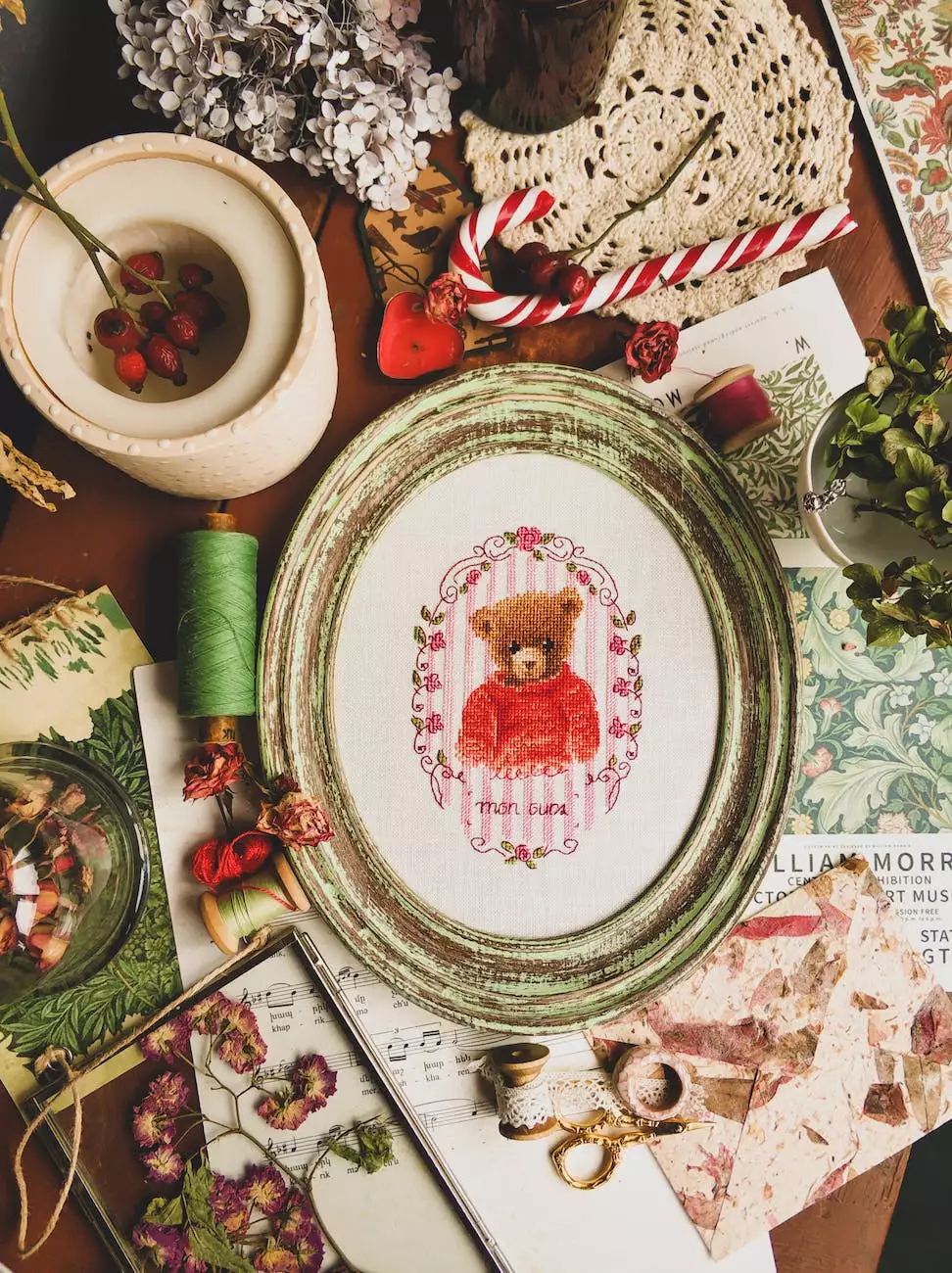What Are Jump Stitches and How to Reduce Jump Stitches
Marketing
Understanding Jump Stitches in Digitizing
In the world of embroidery digitizing, jump stitches are an essential concept to grasp. Jump stitches occur when the needle needs to travel from one area of a design to another, without actually sewing between them. These stitches are necessary for creating complex and intricate designs, but excessive jump stitches can lead to less-than-perfect results in your embroidery projects.
At MJ Design, we specialize in graphic design and embroidery digitizing, and we understand the importance of minimizing jump stitches to achieve high-quality results. In this article, we will delve deeper into the topic of jump stitches, providing you with valuable insights and techniques to reduce them effectively in your digitized designs.
Why Reduce Jump Stitches?
Jump stitches not only affect the aesthetic appeal of your embroidery projects but can also create potential complications during the production process. Excessive jump stitches may lead to thread breakage, incorrect stitching, or visible gaps between areas of your design.
By reducing jump stitches, you can improve the overall appearance and durability of your embroidery. Smooth transitions between different sections of your design enhance its visual appeal and ensure better stitch quality.
Techniques to Minimize Jump Stitches
1. Optimize Stitch Path
One effective technique to reduce jump stitches is to optimize the stitch path. Utilize your digitizing software to rearrange the order of stitches, ensuring the most efficient path between different areas of your design. By minimizing unnecessary jumps, you can eliminate excessive jump stitches and create a smoother embroidery design.
2. Use Underlay Stitches
Underlay stitches are an essential component in embroidery digitizing. By incorporating underlay stitches strategically, you can provide a stable foundation for the subsequent layers of stitches. This helps minimize jump stitches by allowing the needle to travel along the underlay stitches, rather than jumping directly over empty spaces in your design.
3. Merge Overlapping Areas
In some cases, you might have different areas in your design that overlap or intersect. By merging these areas using appropriate digitizing techniques, you can significantly reduce jump stitches. This involves carefully adjusting stitch angles and using shared stitch paths to connect overlapping sections, resulting in a more streamlined and seamless embroidery design.
4. Digitize in Sequences
When digitizing your design, consider the sequence in which the stitches will be sewn. By planning and digitizing your design in a logical sequence, you can minimize jump stitches by eliminating unnecessary backtracking. This approach ensures that the needle naturally moves from one area to another, reducing the need for excessive jumps.
5. Trim and Tie Off Wisely
Proper trimming and tying off of threads can also contribute to jump stitch reduction. After completing a segment of your embroidery, trim the thread tails while ensuring they are securely tied off. This minimizes the need for long jumps or travel stitches between different sections of your design.
Conclusion
Jump stitches are an integral part of embroidery digitizing, but excessive jumps can negatively impact the final outcome of your projects. By implementing the techniques and tips provided by MJ Design, you can reduce jump stitches and enhance the quality and appearance of your embroidery designs.
As a leading provider of graphic design and embroidery digitizing services, MJ Design is dedicated to helping you achieve exceptional results in your visual arts and design projects. Explore our website for more expert tips, resources, and services that can take your creativity to new heights.



